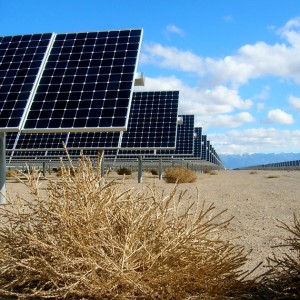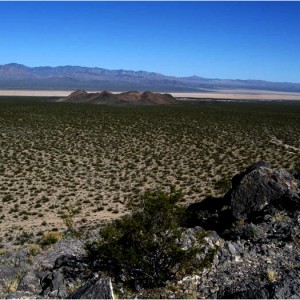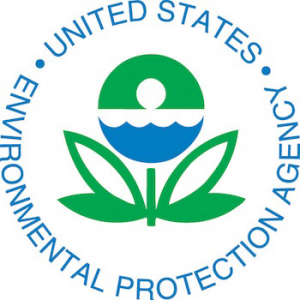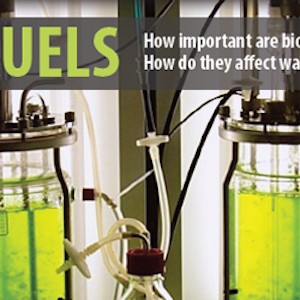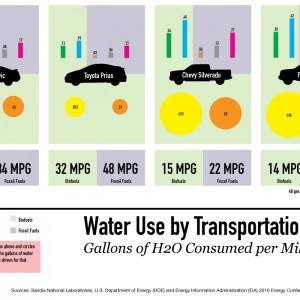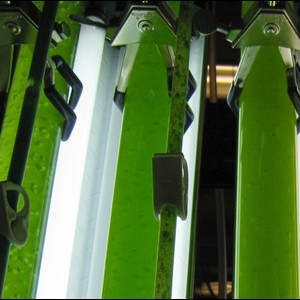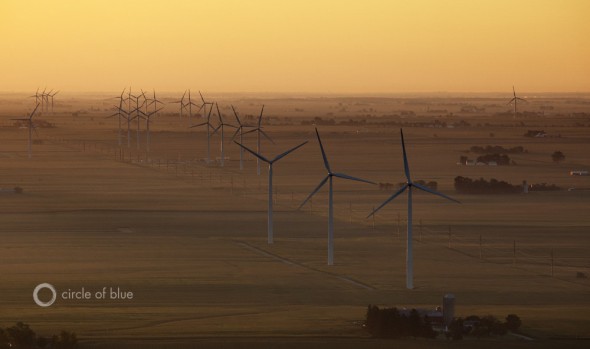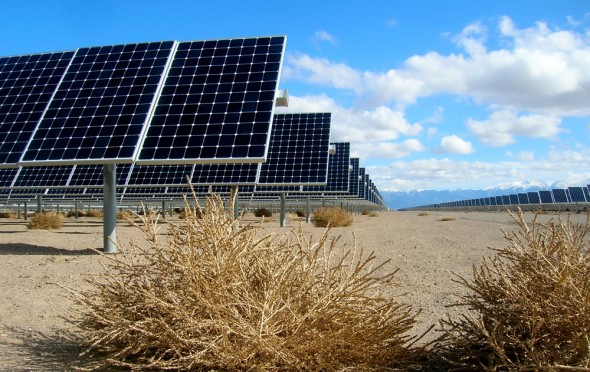The dry landscape of the American Southwest stands at the frontlines of the conflict between energy production and water demand in the United States. Climate change is steadily diminishing snowmelt in the Rocky Mountains, while the Colorado River transports less water than it did a decade ago. Lake Mead, which stores water from the river and is one of the largest reservoirs in the country, is 41 percent full, a low not seen since 1956. Power generation in the region is declining in tandem with the falling water levels, prompting federal managers to reduce Hoover Dam’s hydroelectric generating capacity to 33 percent below its production capabilities. If the lake drops 25 feet more, it will not have enough water to power the dam’s generators, shutting down one of the largest power plants in the West.
Meanwhile, in the competition between energy and water, California, Nevada and Arizona are grappling with the uncertain scenarios and tradeoffs of solar power. Developers have proposed nearly 200 solar plants, raising concern that if the plants use conventional cooling systems, billions of gallons of water will be needed. Solar generating plants that use conventional cooling technology use two to three times as much water as a coal-fired power plants. Newer technology that relies on air for cooling uses much less water but is also less efficient in generating power, thus requiring more land. The Congressional Research Service recently estimated that solar power plants cooled with water could generate electricity equal to more than 50 large coal-fired utilities, but would also require 164 billion gallons of water annually, an enormous amount in the driest region in the country.
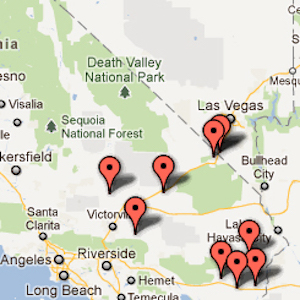 https://www.circleofblue.org/wp-content/uploads/2012/01/blm-map-1.jpg
300
300
Brett Walton
https://www.circleofblue.org/wp-content/uploads/2018/06/Circle-of-Blue-Water-Speaks-600x139.png
Brett Walton2012-01-31 16:23:492016-01-07 12:10:32Economics and Water Concerns Alter the Solar Landscape in the US West
https://www.circleofblue.org/wp-content/uploads/2012/01/blm-map-1.jpg
300
300
Brett Walton
https://www.circleofblue.org/wp-content/uploads/2018/06/Circle-of-Blue-Water-Speaks-600x139.png
Brett Walton2012-01-31 16:23:492016-01-07 12:10:32Economics and Water Concerns Alter the Solar Landscape in the US West
